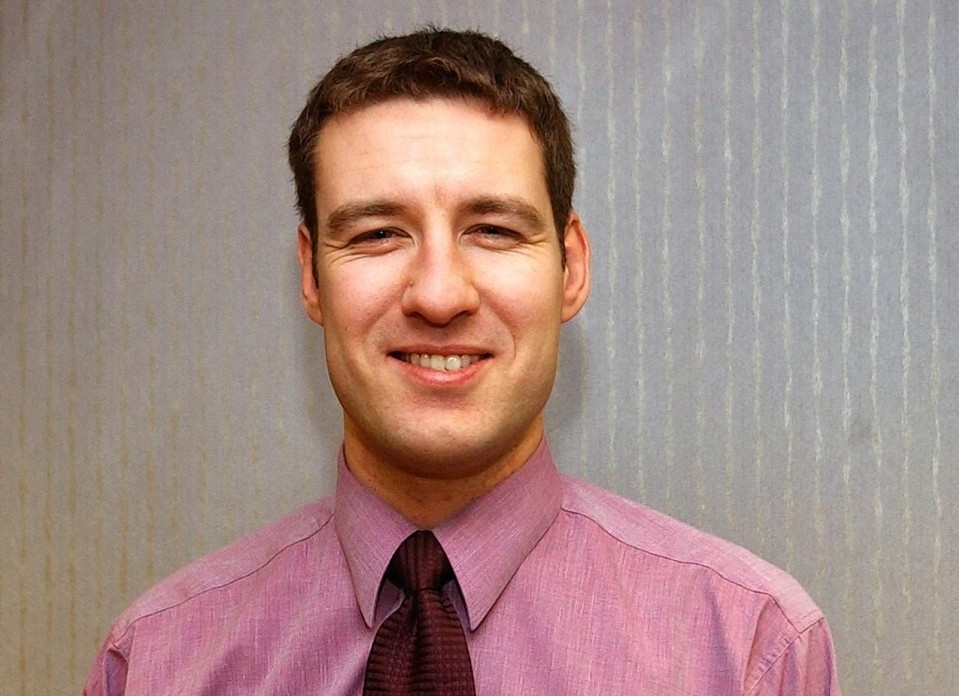Ten years after Scottish banker, Alistair Wilson, was shot dead on his own doorstep in a quiet seaside town, the Press and Journal investigates the brutal murder that shocked the country…
Sunday, November 28, 2004, and the quiet, seaside town of Nairn begins to settle down for the evening as another Monday morning looms.
With just five weeks to go until Christmas, the air is bitterly cold and the streets deserted as the locals seek refuge indoors.
Close to the Moray Firth coast, the twinkling lights of the Havelock pub pierce the darkness as punters make the most of the final few precious hours of the weekend.
And just a few yards away, in their grand terraced house, Veronica and Alistair Wilson are in the midst of their own Sunday night routine, bathing their young sons, Andrew and Graham, and getting them ready for bed.
What no one could have imagined was that a caller would rap on the couple’s door that night, changing their lives forever and thrusting their genteel coastal community into the spotlight for years to come.
The brutal murder of Mr Wilson – a banker, executed on his own doorstep – rocked the town of Nairn, sending shockwaves through the relatively crime-free haven of the Highlands and stunning an entire nation.
Until then, the town was best known as an idyllic tourist spot, famous for its picture perfect beach overlooking the Moray Firth.
With a population of just 11,000, it prided itself on being a place where no one was a stranger.
However, just after 7.15pm that night, gunshots rang out at the Wilson’s house at Crescent Road, tainting the town’s name in a permanent and more grisly way.
Mr Wilson had been tucking his children into bed when the knock at the door came.
His wife went to answer and was confronted by a man who asked for her husband by name.
While Mrs Wilson tended to the boys upstairs, Mr Wilson had a conversation with the caller on the doorstep.
The man handed him a turquoise-coloured envelope, which Mr Wilson took with him when he went back into the house to tell his wife he did not know who the caller was.
The 30-year-old returned to the door to speak to the man again – and was cruelly shot three times at point blank range.
Despite desperate attempts by medics to save his life, Mr Wilson died at Raigmore Hospital.
The killer fled the scene and the envelope he handed to his victim was never found.
The murder weapon was not discovered until 10 days later by council workers cleaning out drains in nearby Seabank Road.
It was the breakthrough the community had been hoping for – a vital piece of evidence which could, they hoped, allow police to crack the case.
But despite countless DNA tests carried out on the weapon, the results have only ever been limited.
Very few people saw the gunman that night and CCTV cameras positioned beside Mr Wilson’s house malfunctioned.
Every line of inquiry over the last 10 years appears to have reached a dead end.
Even a high profile re-launch last year yielded little, despite being accompanied by a new reward offer from Crimestoppers.
There have been no shortage of theories as to why Mr Wilson had to die.
Was it a colleague with a grudge? A contract killing? A business deal gone wrong? A crime of passion?
Officers have remained tight-lipped about what progress, if any, has been made with the case.
But for Mr Wilson’s family and friends and the little town of Nairn – which undoubtedly lost its innocence that night – there remains the hope that, one day, his killer will be caught.
